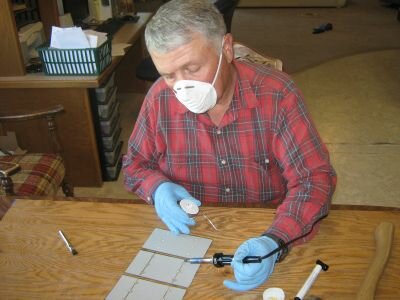
If you have invested a large amount of money on a home solar power system with multiple Photovoltaic (PV) panels on the roof, there are few things that bother you as much as seeing the counter showing reduction in power output. Solar panels work most effectively and efficiently when the sun is giving out strong light but as soon as the quality of light reduces, the power output will start to fall.
After all, if you paid $20,000 or more for the solar system, even when government rebates are available, you want to maximize the electricity they produce to get the best Return On Investment (ROI).
Consider this, if your home solar energy system has a 10% drop in productivity, this will become a big problem over time. The drop in energy production by the PV panels means you are wasting money. Who would want that? For those that live on a farm or in the block of bush in the hills, this is less of a drama. Living in the hills, the solar system is likely to be used for other purchases such as barn lighting or for pumping water from a well. If batteries are not charged today, then tomorrow.
For those that live in the suburb, a reduction of energy output from a solar system has to be addressed quickly. A 10% power output reduction today will become 25% or 40% six months down the road. Can you imagine what will happen in years to come?
The Challenges of Home Solar System In Winter
In winter, overcast skies can be a problem. Falling snow on the solar panels is something you need to look out for. Solar panels work perfectly well in northern climates, assuming your array has good exposure and a good number of sunny days spread over the rest of the year.
But shorter days in winter, resulting in fewer hours of sunlight for the panels to do its job. Interestingly, in the cold and when the light is good winter, the solar panels actually work more efficiently. This is the opposite problem where the weather is hot because the PV panel cannot dissipate heat properly.
When conditions are too hot, solar cells are less efficient thus creating lower power output, but in winter, this is not such a big issue. In addition, in snowy conditions, there are a lot of reflected light in a somewhat lack of direct light.
Thus, in winter, if you live in the suburbs and have a solar energy system, get a snow rake and put a nice soft brush strip on the bottom, rather than risk damaging the expensive panels. On a clear winter’s day, once you have removed most of the snow from the roof solar panels, it will start working again and you will see an improvement in the power output.